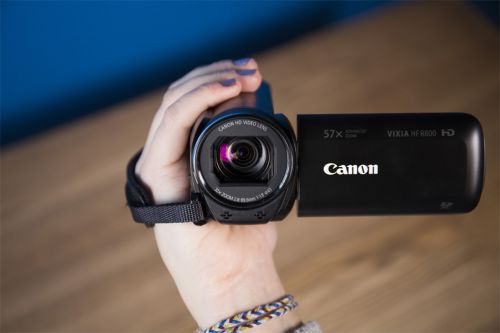Early Verdict
The design of the Canon Vixia HF R800 seems outdated and the video quality isn’t great, but it does have some nice in-camera features and is easy to use.
Pros
- +
Zoom Framing Assist keeps far-away moving objects in focus.
Cons
- -
Our reviewers gave it a D+ for video quality and C for color balance.
Why you can trust Top Ten Reviews


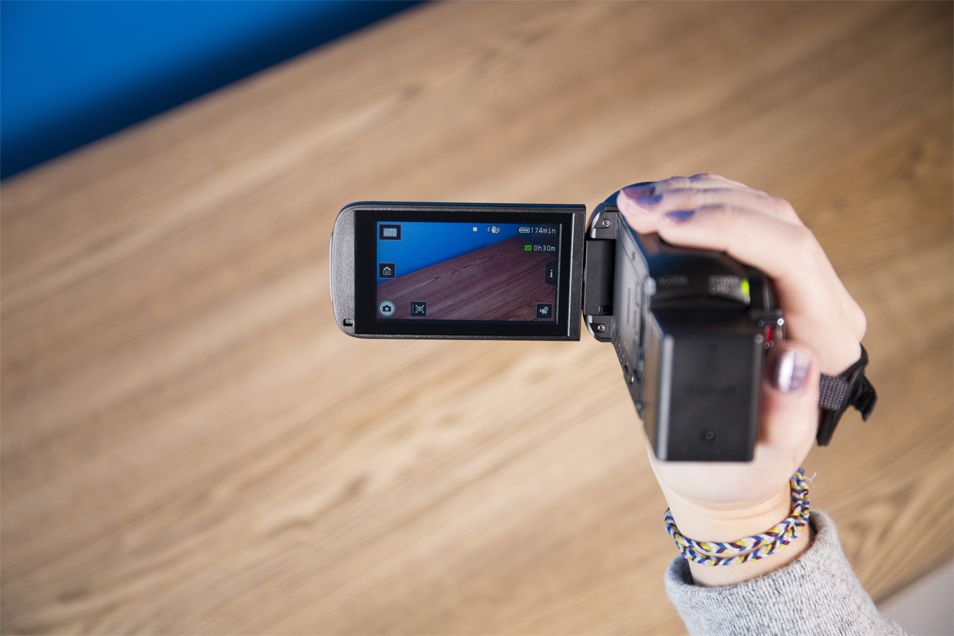

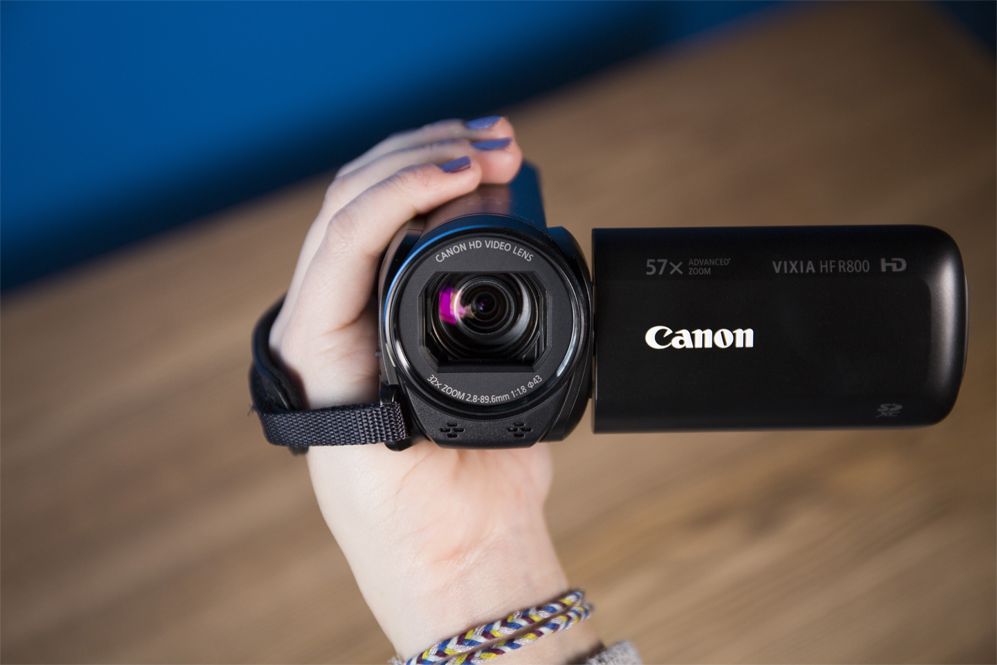
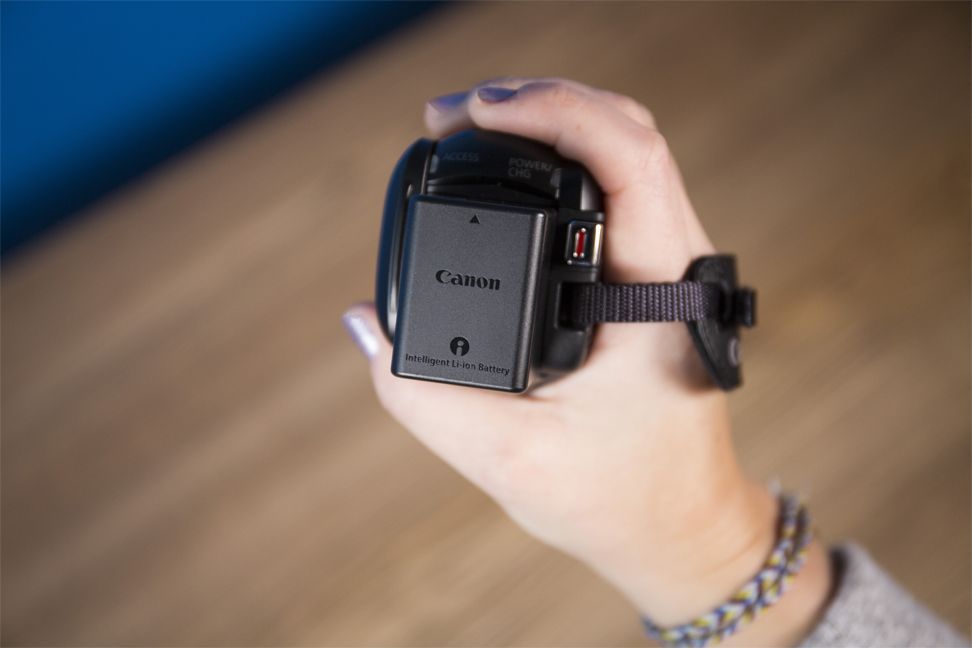

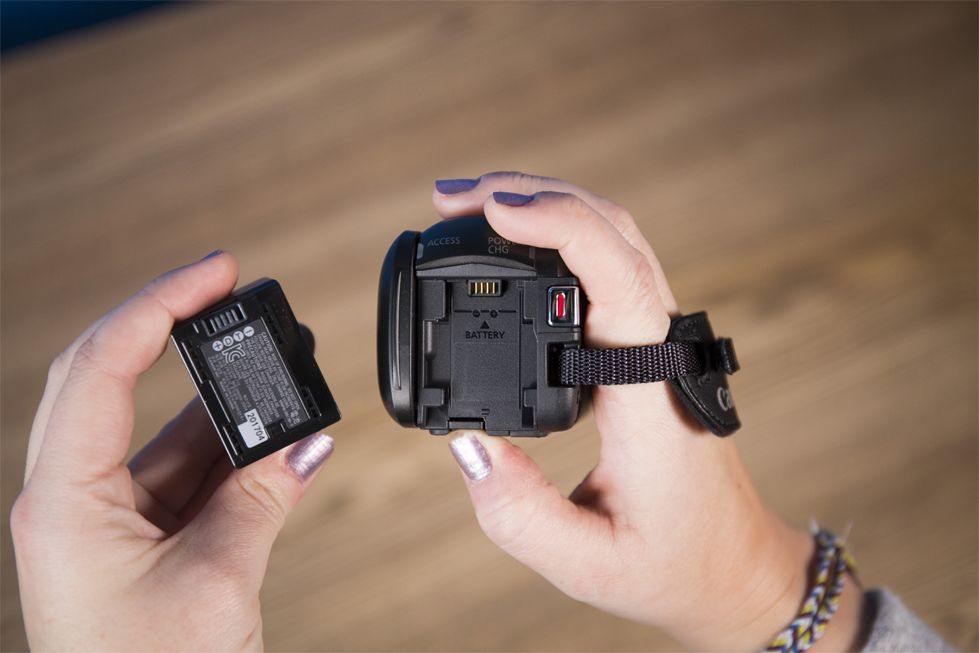
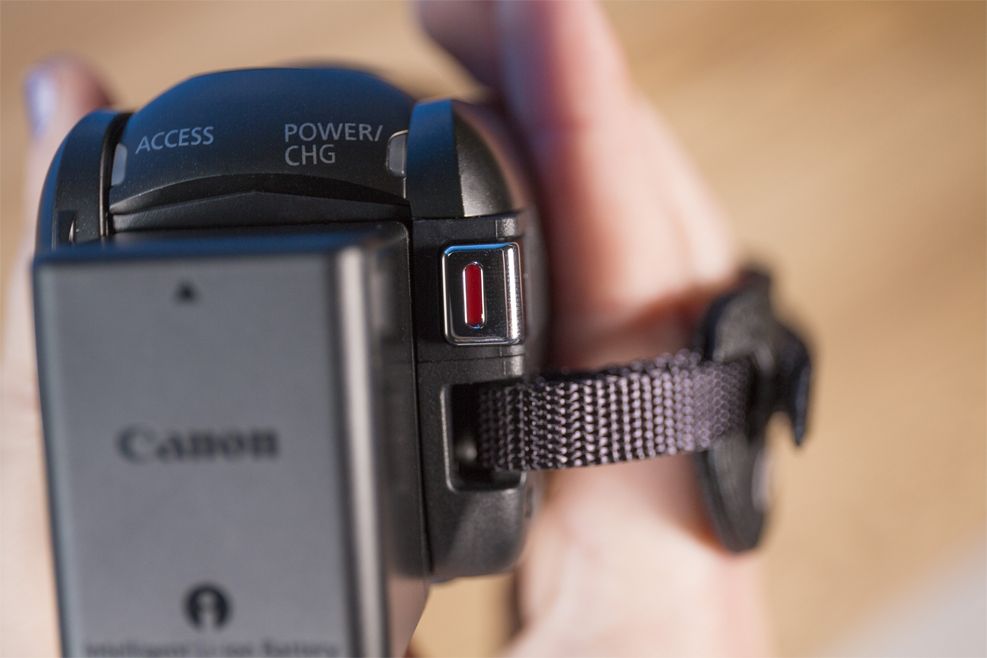
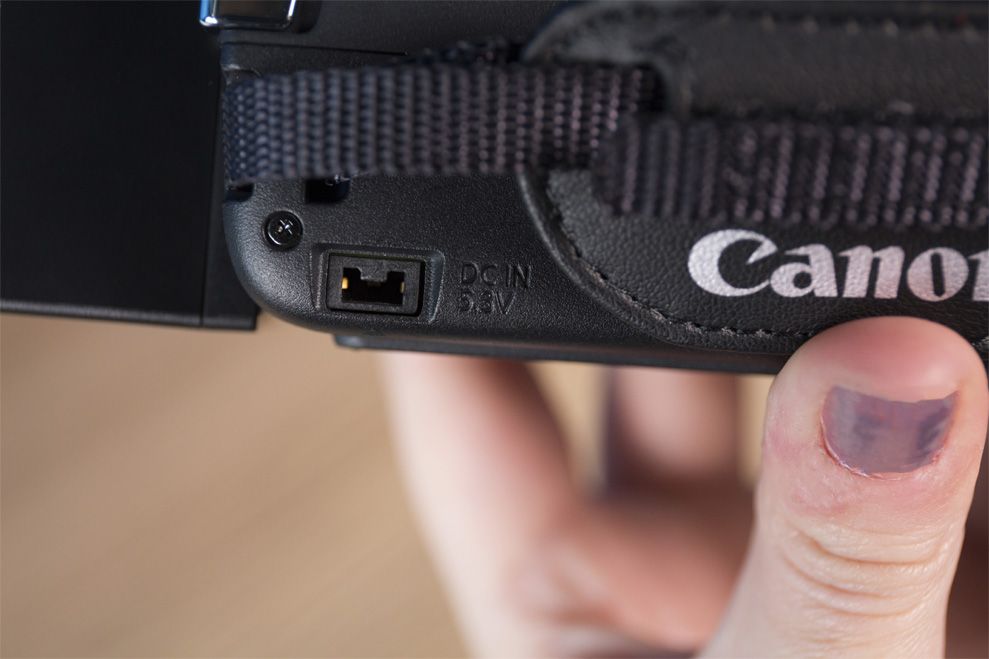
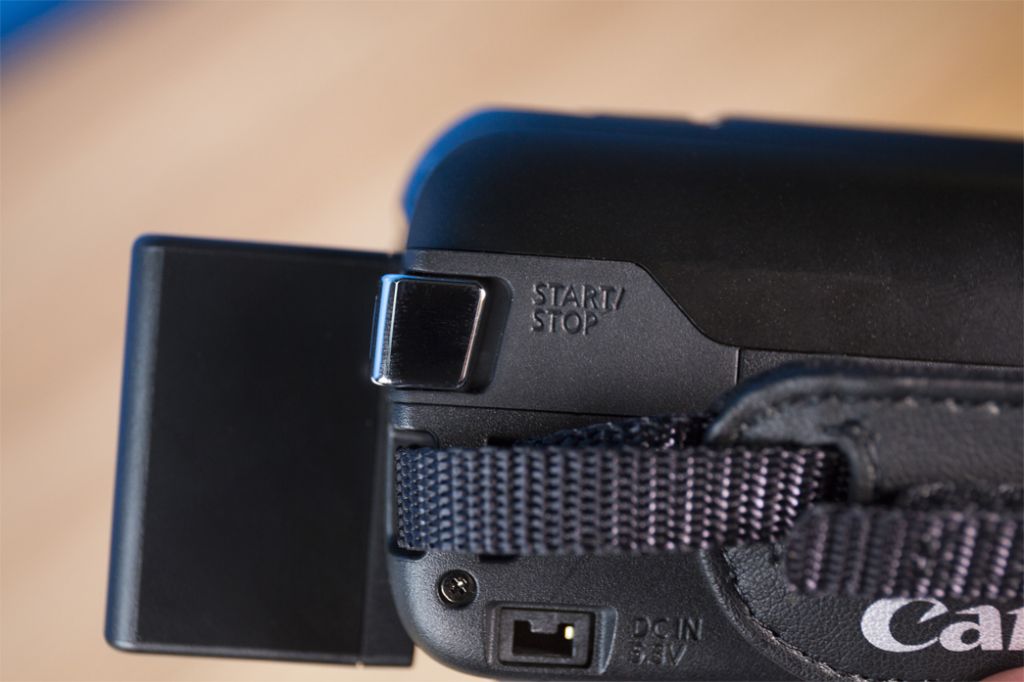


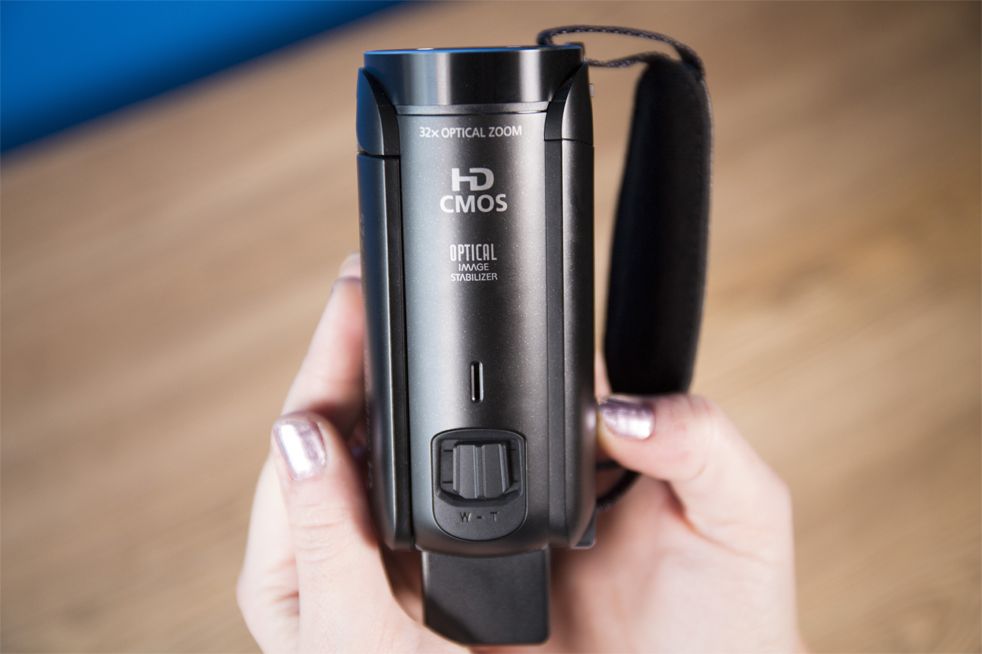

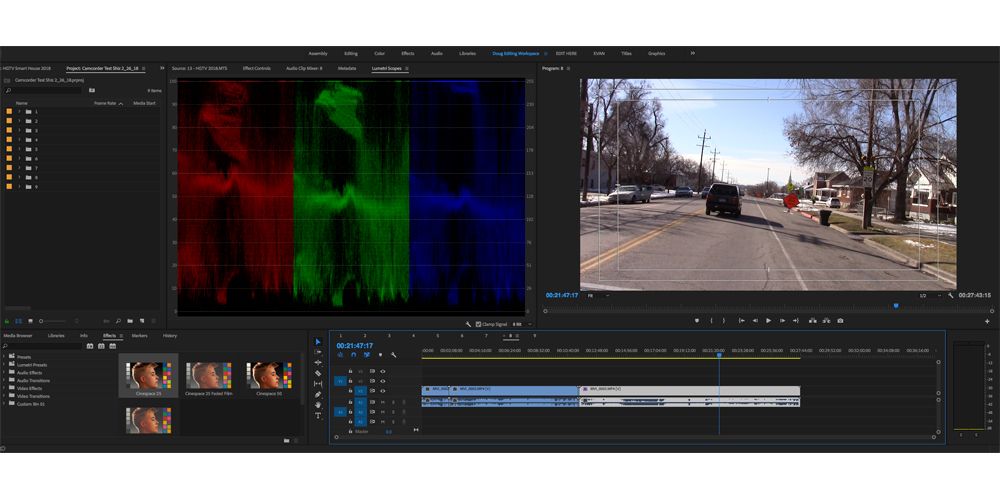
This camcorder isn’t as physically attractive as sleeker models. Its square removable battery sticks awkwardly out of the back, making it look old fashioned and cumbersome. It also struggles to produce quality videos, which is a bigger problem than its strange aesthetic.
At 10.8 ounces, this is the third-heaviest camcorder we tested. While this contributes to arm fatigue, it also means your handheld video is less likely to be shaky.
The LCD display on this camcorder rotates and has touch controls, so navigation is easy. The touchscreen isn’t quite as responsive as the screen on the Nikon KeyMission 80, but it works fine. You can use the screen on the Vixia HF R800 to access its editing features, which are unique and fun. These include trimming your videos or using the cinema look filter. You can also use slow motion recording at a rate of 0.5x, which is cool for up-close filming at athletic events. Fast motion recording speeds things up by 1200x, though you can choose slower speeds of 300x and 600x. You have to manually open the lens cover before you do any filming.
This camcorder records at 1080p, so your videos will be high definition. Even so, the seven reviewers who watched the video from this device ranked this camera at the bottom of the lineup, ultimately giving it a D+ for overall video quality and clarity. Other camcorders, like the Panasonic HC-WXF991, earned much higher grades for their crisp footage. It also earned an underwhelming C grade for color balance because all the footage we took outdoors had high levels of red. Brown trees, bushes and fences all appeared to have a deep red tint that wasn’t true to life at all.
Buying Guides
Best wireless security cameras: ensure peace of mind and safety
Best cameras: DSLRs, mirrorless, and compacts for taking that perfect snap
Best mirrorless cameras: modernize your set-up and shoot silently
Best DSLR cameras: Digital SLR cameras for all skill levels
Reviews
Arlo Essential Indoor Camera review
Arlo Pro 4 Spotlight Camera review
We attached all the camcorders in our comparison to the top of a car for outdoor testing. While this camcorder was attached just as securely as the others, it shook violently while we drove around. Frankly, it was hard to watch. It should be noted we didn’t turn on image stabilization, because we wanted to compare these camcorders as they worked right out of the box, assuming some users might not have the time or desire to fiddle with more complicated features like white balance and image stabilization. Still, image stabilization is an option you can certainly use to steady your video.
This camcorder comes with a bulky camera battery, a wall adapter, a mini HDMI cable and a USB cable. It also takes a full-size SD card, which we prefer to MicroSD card because they’re harder to lose and can be inserted directly into many computers to transfer your videos. The 32x optical zoom is relatively low compared to others we tested, but it does have Zoom Framing Assist, which helps keep far-away subjects in frame and makes for substantially less jerky footage. This camera’s 57x advanced zoom and 1140x digital zoom can really get in close if you’re OK with a degraded image quality.
Sign up to receive the latest news, reviews, buying guides and deals direct to your inbox
Anna Burleson hails from South Dakota and worked as a writer and reviewer for a number of sites, including Top Ten Reviews. She has written for Top Ten Reviews across a number of subjects and her knowledge is very broad. Primarily, Anna has covered dating apps for this site, along with things like flower delivery and even sewing machines.
